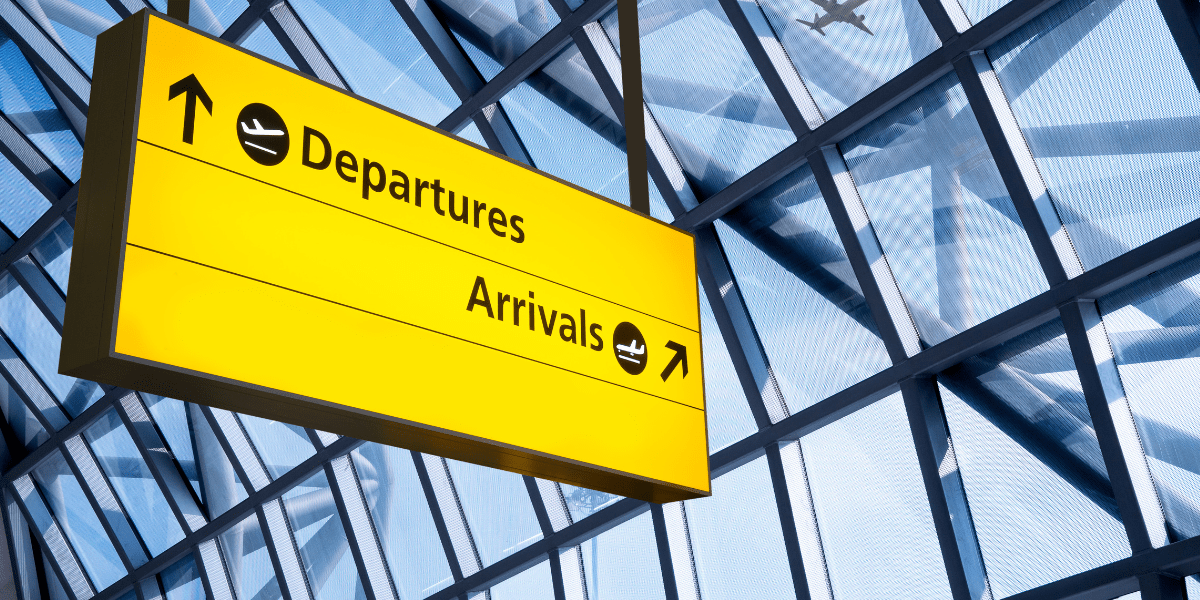What the extra baggage of Heathrow’s planned expansion reveals about the sustainability balancing act facing UK organisations.
The UK’s commitment to achieving Net Zero by 2050 represents a bold ambition. With it, key considerations for how businesses need to be adapting their operations in the day-to-day.

The UK’s commitment to achieving Net Zero by 2050 represents a bold ambition. With it, key considerations for how businesses need to be adapting their operations in the day-to-day.
Organisations have a challenge on their hands when it comes to balancing the tension between commercial viability and growth with the need to improve and demonstrate environmental sustainability and ultimately, Net Zero.
And this tension is impacting businesses and governments alike.
As the chancellor, Rachel Reeves backs expansion of Heathrow Airport in pursuit of her economic growth agenda, it may appear that Ed Miliband, in his role as Energy Security and Net Zero Secretary, has been caught up in customs. After all, Miliband, who served as Labour leader in 2010, reversed his party’s support for expansion of London’s biggest airport over concerns about the environmental impact.
Flying in the face of climate targets
The Airports Commission estimates that there would be an additional 4.4m tonnes of C02 a year from a third runway at Heathrow, and analysis from Carbon Brief suggests that a forest the size of Greater London would need to be planted in the UK to cancel out the extra emissions if expansion of Heathrow, Gatwick and Luton goes ahead.
More recently, a study by the New Economics Foundation suggests that all the reductions delivered by Labour’s plan to decarbonise the electricity grid by 2030 would be wiped out in five years if a third runway at Heathrow, along with planned expansions at surrounding airports, goes ahead.
The chancellor, in contrast, told BBC News she thought “sustainable aviation and economic growth go hand-in-hand”.
The continued debate on Heathrow serves as an example of the challenges facing organisations every day and raises an important question; does business growth have to fly in the face of achieving climate targets?
This conflict between growth and sustainability is, in reality, a false dichotomy. Because sustainability and economic growth can be powerful partners. And for UK organisations, embracing sustainability is not just a regulatory obligation – it’s a commercial opportunity.
Cause and effect: it’s a balancing act
The discussion surrounding Heathrow’s expansion brings the principle of cause and effect into sharp focus. Ed Miliband’s assertion that any proposal must meet strict carbon budgets underscores a fundamental truth: sustainability decisions must be commercially viable to achieve lasting impact.
For organisations, this means adopting a holistic view. Every sustainability initiative should be assessed not only for its environmental benefits but also for its potential to drive growth.
Given the focus of this blog, an appropriate metaphor is the concept of mass balance in aviation-where input, output, and storage of an aircraft is in equilibrium. Because it’s the balance of sustainability initiatives working harmoniously with commercial objectives that will ensure efforts contribute to, rather than detract from, overall growth.
For example, actions which support improved energy efficiency, waste reduction and lower energy bills means financial savings that can be reinvested into the business to support growth. These savings not only enhance profitability but demonstrate that sustainability is a pathway (or should I say, runway) to stronger financial performance rather than a barrier to growth.
Sustainability also boosts productivity. Cleaner, greener practices foster healthier workplaces, improve employee morale, and enhance brand reputation, all of which contribute to long-term profitability. In a time where customers and investors increasingly favour sustainable brands, the commercial advantages are undeniable.
In this sense, growth and sustainability aren’t competing priorities; they are complementary forces that, when balanced correctly, lead to lasting prosperity.
When we talk to clients about unlocking the equity in their organisation through their energy strategy, it is because business challenges, particularly the requirement to reach Net Zero, require a range of solutions which, when combined, deliver greater impact to support the overall objective. That’s why we call it a pathway, not a project.
In it for the long-haul
As the UK navigates complex decisions like the Heathrow expansion, the lesson for businesses is clear: sustainable growth is not just achievable—it’s essential. By aligning commercial ambitions with sustainability goals, organisations can unlock efficiencies from renewable energy sources, driving profitability, and contributing to a lower-carbon, more resilient future for all.
Irrespective of the government’s decision on Heathrow, the continued debate serves as an important and timely reminder that whilst on any given day, we are all taking different paths to desired destinations, when it comes to Net Zero our collective journey remains the same; a cleaner, more sustainable, future.
Ryan O’Neill, Chief Strategy Officer
